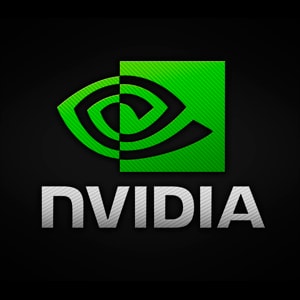

Kepler’s design retains some elements of the Fermi architecture, whilst significantly updating parts such as the SM design. In comparison, AMD’s Tahiti XT is much larger, cramming 4.3 billion transistors into a 365mm die. It’s a 3.54 billion transistor chip, with a die size of 294mm² in comparison to the GTX 580 1.5GB’s GF110 GPU, that has 18 per cent more transistors in a 40 per cent smaller die. The 28nm Kepler GPU at the heart of the GTX 680 2GB has been dubbed GK104 by Nvidia. There’s a lot of new technology, design choices and features to cover, so we’ll try and hit the basics on this page, before going into (a lot) more detail separately. Nvidia is calling the Geforce GTX 680 2GB the fastest, most efficient GPU ever built bold claims considering the substantial increases on both fronts exhibited by AMD’s 7-series graphics cards. Can Nvidia banish the Fermi-flavoured demons of 2010 and deliver a GPU to be proud of? Let’s find out.Ĭlick to enlarge - Will the GTX 680 2GB be your next graphics card upgrade? Today sees the first answering shot from Nvidia in the battle for 28nm supremacy, with the flagship GTX 680 2GB taking aim at AMD’s high-end.
#AMD RADEON 7800 VS NVIDIA GTX 680 SERIES#
The HD 7900 series of graphics cards and their 28nm Tahiti GPUs have been on sale for close to three months, with AMD filling out the rest of its range in the meantime to greater (HD 7800 series) and lesser (HD 7700 series) success. Fast forward to 2012 and we again find Nvidia trailing AMD. Shipping six months after AMD had debuted its DX11 GPUs based on the very successful Evergreen architecture, Nvidia was left playing catch up with a card that failed to impress. Two years ago, almost to the day, Nvidia released its first DX11 GPU based on the Fermi architecture, the GTX 480 1.5GB.

It’s funny how history tends to repeat itself.


 0 kommentar(er)
0 kommentar(er)
